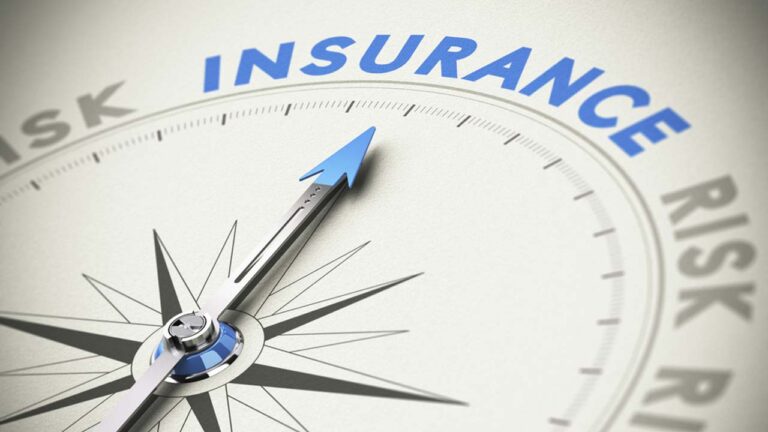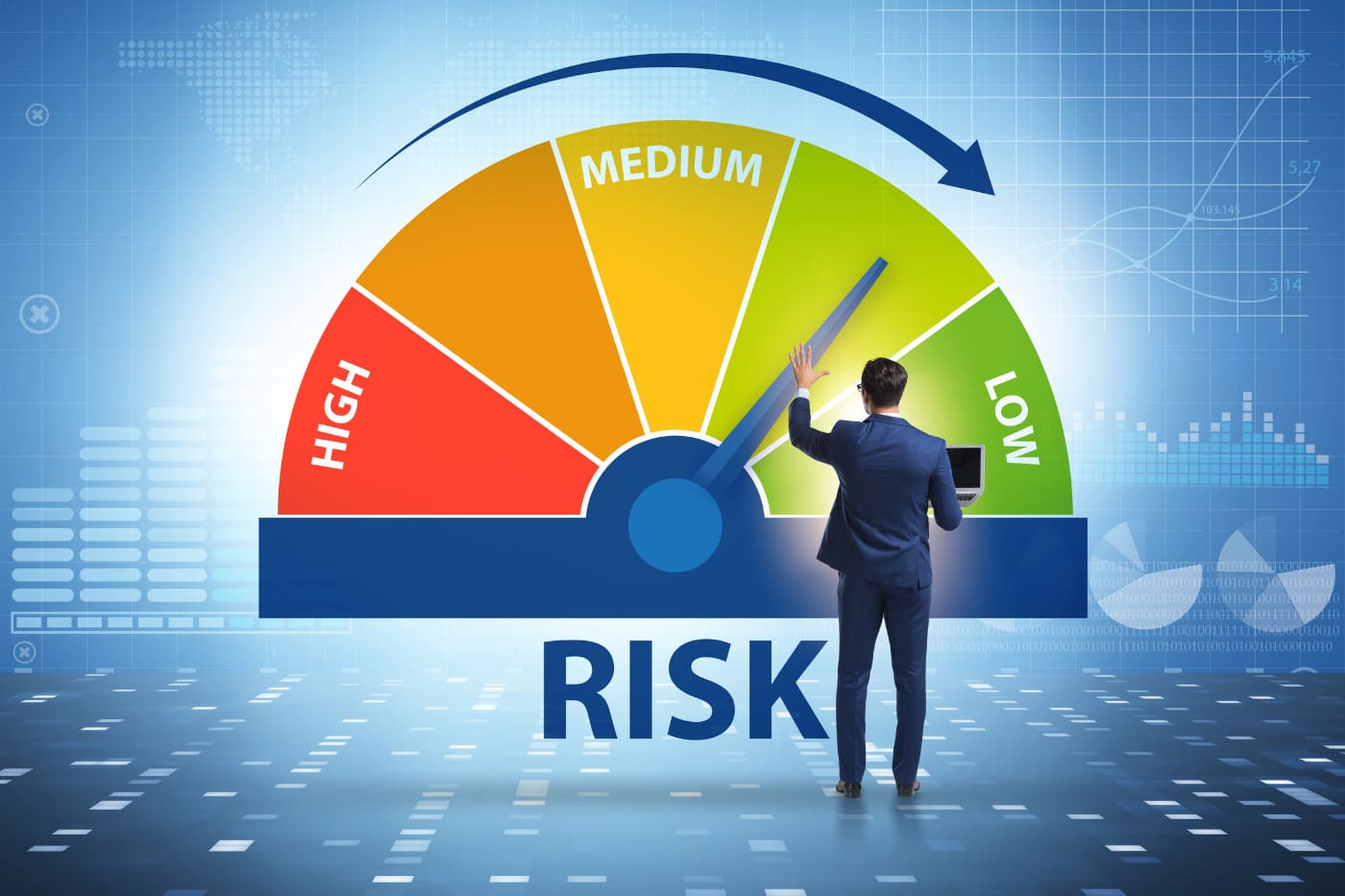Engineering Risk Mitigation Techniques in today’s world, where engineering projects are becoming increasingly complex and ambitious, the need for effective risk management has never been more critical. Engineering projects, whether they involve construction, infrastructure development, or technological advancements, inherently carry various risks that can result in financial losses, delays, or even catastrophic failures. These risks pose significant challenges for insurers who underwrite engineering projects, as any adverse event can have far-reaching consequences. Therefore, implementing robust risk mitigation techniques is essential to safeguard both the interests of the insured and the insurers.
This article explores the diverse array of engineering risk mitigation techniques employed in the insurance industry. From proactive measures to reactive strategies, we delve into the multifaceted approaches utilized to identify, assess, and manage risks effectively, thereby ensuring the successful execution of engineering projects.
Understanding Engineering Risk Mitigation Techniques
Before delving into risk mitigation techniques, it’s crucial to comprehend the various types of risks prevalent in engineering projects. Engineering risks can broadly be categorized into:
- Design Risks: These encompass errors or flaws in the project’s design phase, including inaccuracies, omissions, or inadequate specifications.
- Construction Risks: Arising during the execution phase, construction risks include issues such as material defects, poor workmanship, labor disputes, and unforeseen site conditions.
- Operational Risks: Once the project is completed and operational, risks may arise from equipment malfunction, environmental factors, regulatory compliance, or human error.
- Natural Catastrophe Risks: Events such as earthquakes, hurricanes, floods, and other natural disasters pose significant threats to engineering projects, particularly those in vulnerable regions.
- Technological Risks: With the rapid advancement of technology, engineering projects often incorporate innovative solutions, exposing them to risks associated with unproven technologies, cybersecurity threats, and data breaches.
Engineering Risk Mitigation Techniques
Risk Identification and Assessment:
- Comprehensive Risk Assessment: Conducting thorough risk assessments at the outset of a project helps identify potential hazards and vulnerabilities. This involves analyzing project specifications, site conditions, regulatory requirements, and historical data.
- Stakeholder Engagement: Engaging stakeholders including engineers, architects, contractors, insurers, and regulatory authorities fosters a collaborative approach to risk identification. Each stakeholder brings unique perspectives and expertise, enriching the risk assessment process.
- Scenario Planning: Developing various risk scenarios allows project teams to anticipate potential challenges and devise contingency plans accordingly. By simulating different scenarios, engineers can assess the likelihood and impact of adverse events on project outcomes.
Risk Prevention and Mitigation in Engineering Risk Mitigation Techniques
- Design Optimization: Implementing rigorous design reviews and utilizing advanced modeling techniques can help identify and rectify design flaws early in the project lifecycle, minimizing the likelihood of costly rework or modifications.
- Quality Control Measures: Implementing stringent quality control measures throughout the construction phase ensures adherence to specifications and standards, reducing the risk of defects or deviations from the intended design.
Contractual Risk Allocation: Clearly defining roles, responsibilities, and liabilities through contractual agreements helps allocate risks appropriately among project stakeholders. Provisions such as indemnity clauses, performance guarantees, and insurance requirements provide financial safeguards against unforeseen events.
Risk Transfer and Insurance Solutions in Engineering Risk Mitigation Techniques
- Project-Specific Insurance: Tailored insurance products, such as construction all-risk (CAR) insurance and engineering professional liability (EPL) insurance, provide coverage against a wide range of project-related risks. These policies can be customized to address the unique requirements of each project, offering financial protection against property damage, bodily injury, and professional negligence.
- Captive Insurance Programs: Some large engineering firms opt to establish captive insurance companies to self-insure certain risks or access reinsurance markets directly. Captive insurance programs offer greater control over risk management strategies and may lead to cost savings in the long term.
- Alternative Risk Transfer Mechanisms: Non-traditional risk transfer mechanisms, including risk retention groups, catastrophe bonds, and parametric insurance, provide alternative avenues for transferring engineering risks to the capital markets. These innovative solutions offer flexibility and diversification, enhancing risk management capabilities.
Continuous Monitoring and Review in Engineering Risk Mitigation Techniques
- Risk Monitoring Tools: Utilizing advanced monitoring technologies such as sensors, drones, and remote sensing devices enables real-time monitoring of project parameters, facilitating early detection of potential risks. Continuous monitoring allows project teams to implement timely interventions and adjustments, reducing the likelihood of costly disruptions.
- Post-Project Evaluation: Conducting post-project evaluations and lessons learned sessions provides valuable insights into the effectiveness of risk mitigation strategies. Identifying areas of improvement and best practices enhances the resilience of future projects and strengthens the risk management framework.
Conclusion on Engineering Risk Mitigation Techniques
In conclusion, engineering risk mitigation in insurance involves a multifaceted approach encompassing proactive risk identification, prevention, transfer, and continuous monitoring. By employing a combination of robust risk management techniques, engineering projects can effectively mitigate the inherent uncertainties and complexities, thereby enhancing resilience and ensuring project success. Insurers play a pivotal role in partnering with project stakeholders to develop tailored insurance solutions that provide financial protection against unforeseen events. As the engineering landscape continues to evolve, embracing innovative risk mitigation strategies is imperative to safeguarding the future of infrastructure development and technological innovation.






